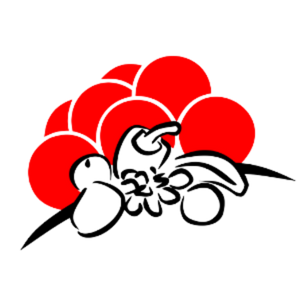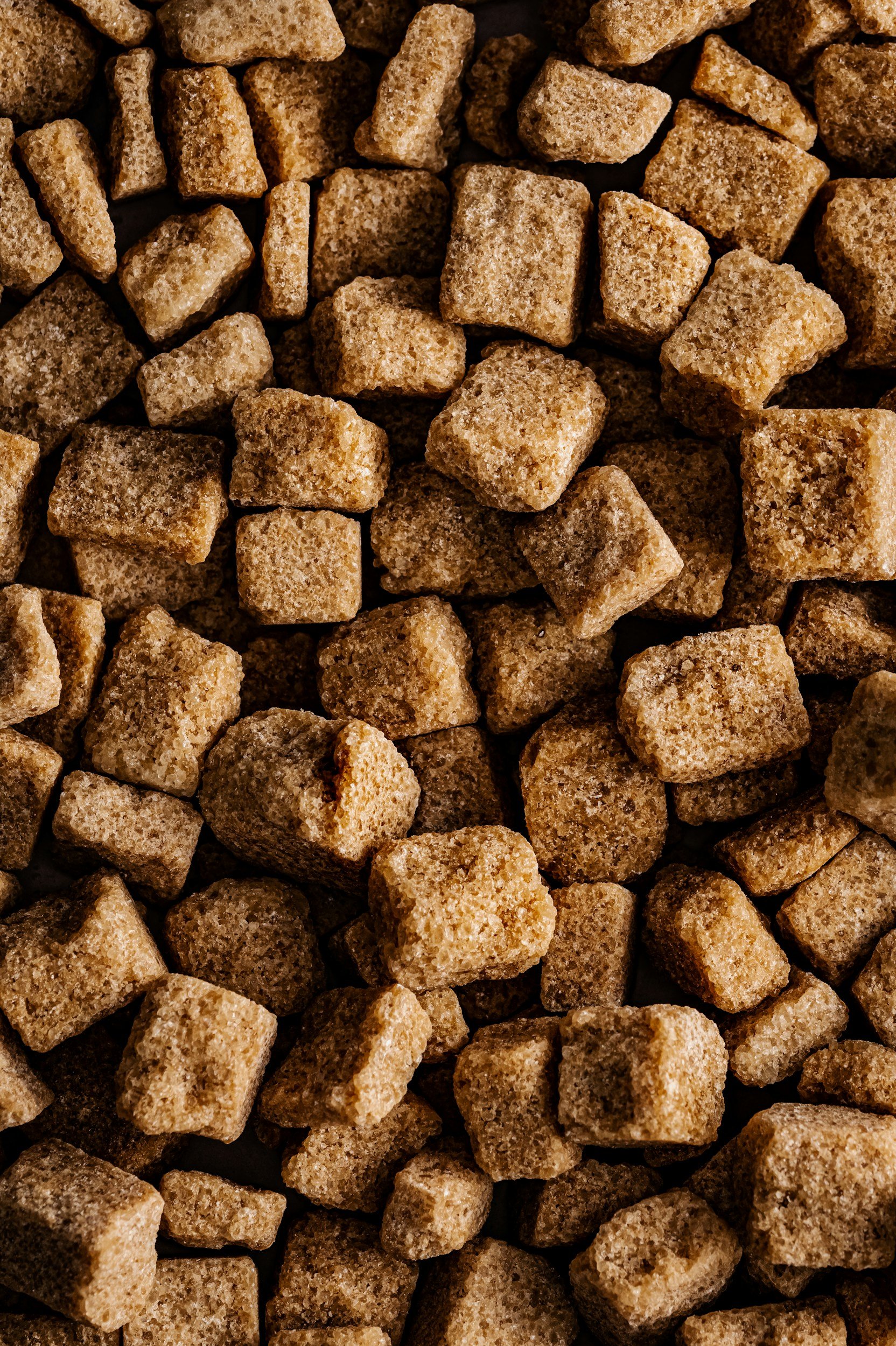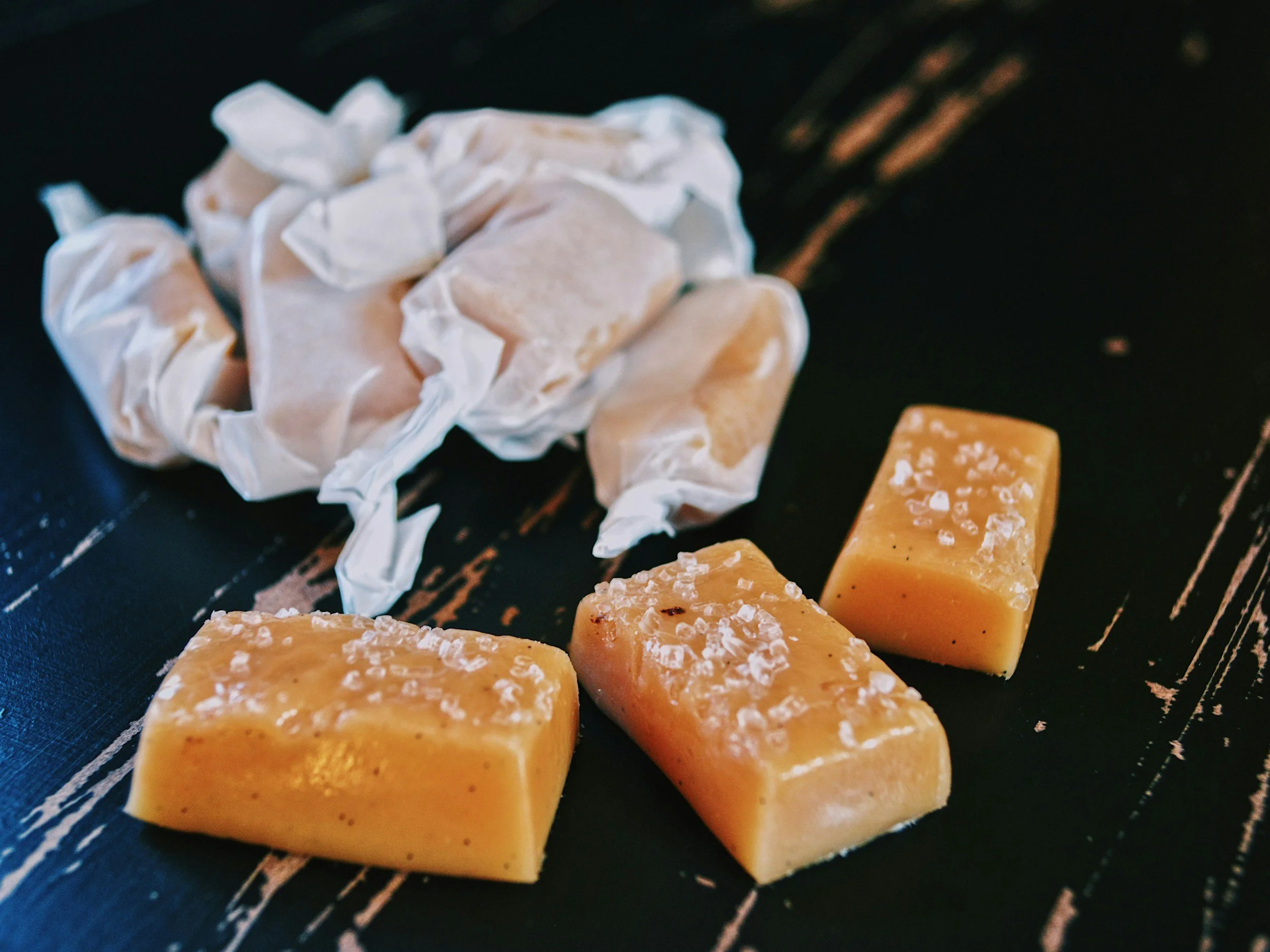Caramel
Deep brown shades from heated sugar
Caramel color is produced by carefully heating sugars such as glucose or sucrose under controlled conditions, sometimes with acids, alkalis, or salts to guide the reaction. No plant pigments are involved—this is a thermally-created colorant formed through the Maillard reaction.
There are different types of caramel color (E150a–d), depending on the processing method. The result can be anything from a golden amber to a dark brown tone. Caramel is highly stable across a wide pH range, under heat, and in light. It’s typically produced as a concentrated liquid but can also be spray-dried into powders for dry blends and dry mixes.
Technical Notes:
pH stability: Excellent – stable in acidic and neutral ranges
Light stability: Excellent
Heat stability: Excellent
Solubility: Water-soluble
E150c and E150d are limited-use in some food categories per regulation
Applications:
Beverages: Colas, dark beers, spirits, energy drinks
Dairy & Ice Cream: Caramel-flavoured desserts and sauces
Bakery: Brown breads, crusts, caramel fillings
Confectionery: Toffees, chocolates, chewy caramel centres
Savoury: Sauces, gravies, soups, marinades
Other: Nutritional supplements, meat analogues, soy sauces





